33 Astonishing Wolf Facts: Unveiling the Secrets of Pack Life | FactsLook
Introduction: Beyond the Howl - Unlocking the Mysteries of Wolves
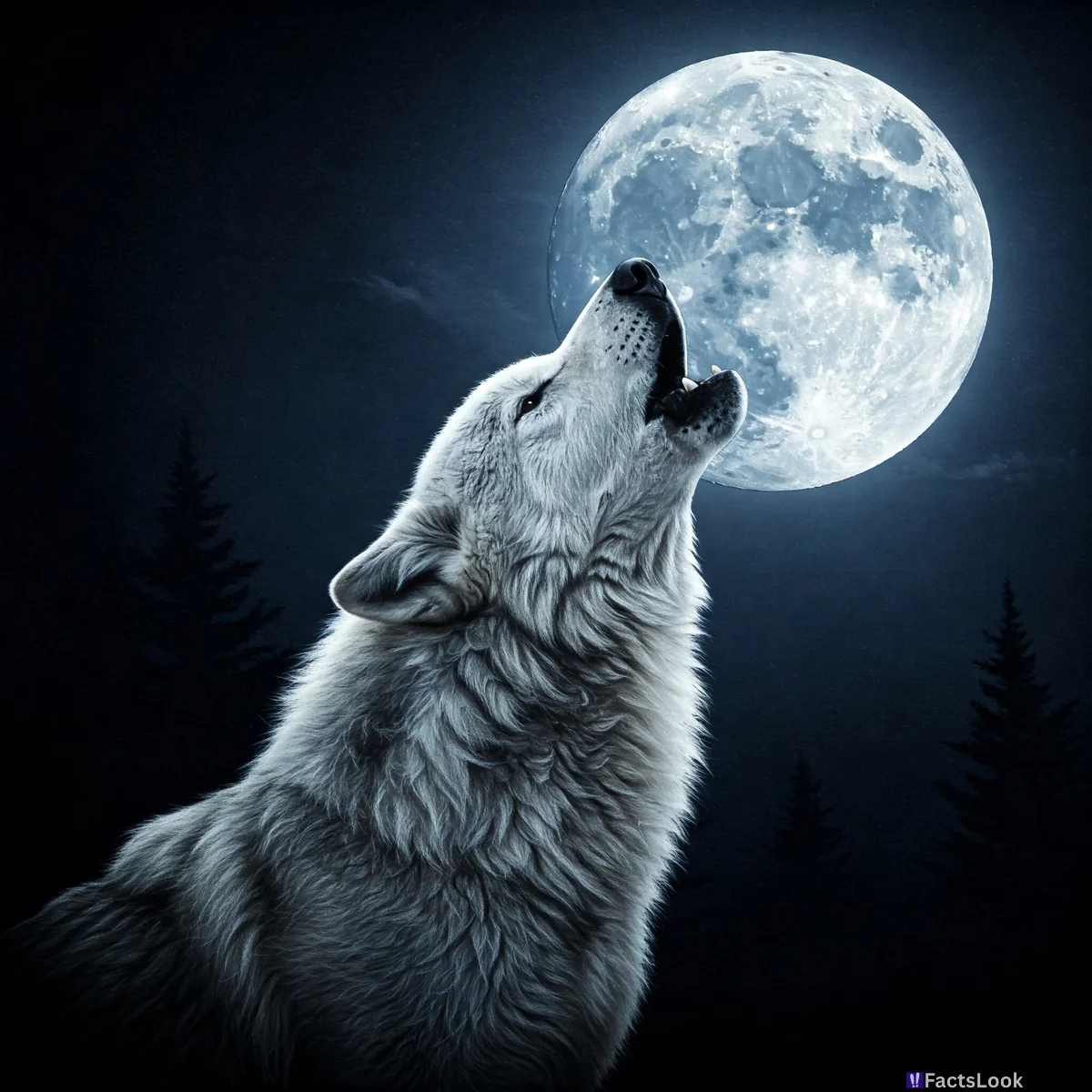
For centuries, wolves have captivated and terrified humanity. Often misunderstood, these apex predators are far more complex and intelligent than their fearsome reputation suggests. This listicle dives deep into the world of wolves, revealing 33 astonishing facts about their biology, behavior, and social lives. Prepare to have your perceptions challenged and discover the true nature of these magnificent creatures.
Wolves Possess Unique Nose Prints
Just like human fingerprints, each wolf has a completely unique pattern of ridges and bumps on its nose. Wildlife researchers use these 'nose prints' for individual identification in long-term studies, allowing them to accurately track wolf populations and movements without invasive methods.
The Alpha Myth: A Challenged Hierarchy
The traditional concept of a strict 'alpha' wolf dominating the pack has been largely debunked by long-term research. Most wolf packs are actually family groups – a breeding pair and their offspring of various ages. Leadership is often based on age and experience, not aggressive dominance. [Source: https://www.nps.gov/romo/learn/nature/wolves.htm]
Wolves Can Run at 36-38 Miles Per Hour
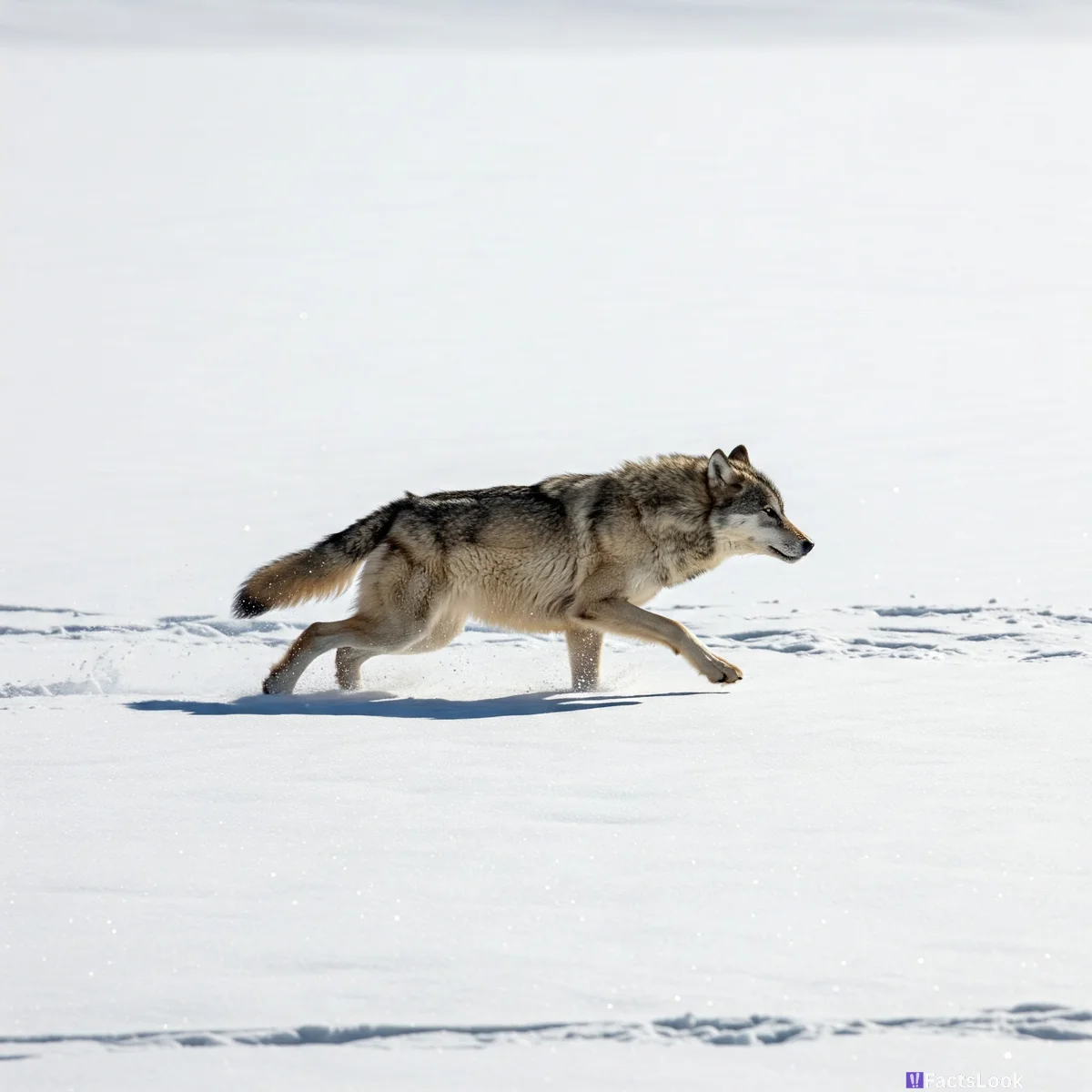
When pursuing prey, wolves are incredibly fast runners, capable of reaching speeds between 36 and 38 miles per hour. This burst of speed is sustained over short distances, allowing them to effectively chase down ungulates like deer and elk. Their powerful legs and streamlined bodies contribute to this impressive athletic ability.
They Communicate Through Scent Marking
Scent marking is crucial for wolf communication. They use urine, feces, and scent glands to leave messages for other wolves, conveying information about territory boundaries, social status, and reproductive state. These 'olfactory messages' can last for days or even weeks.
Wolves Have a Complex Vocal Repertoire
Beyond the iconic howl, wolves communicate using a wide range of vocalizations, including growls, barks, whines, and yelps. Each vocalization carries specific meaning, conveying emotions, warnings, or coordinating hunting strategies. The diversity in sounds adds a layer of nuance to their communication.
Pups Are Born Deaf and Blind
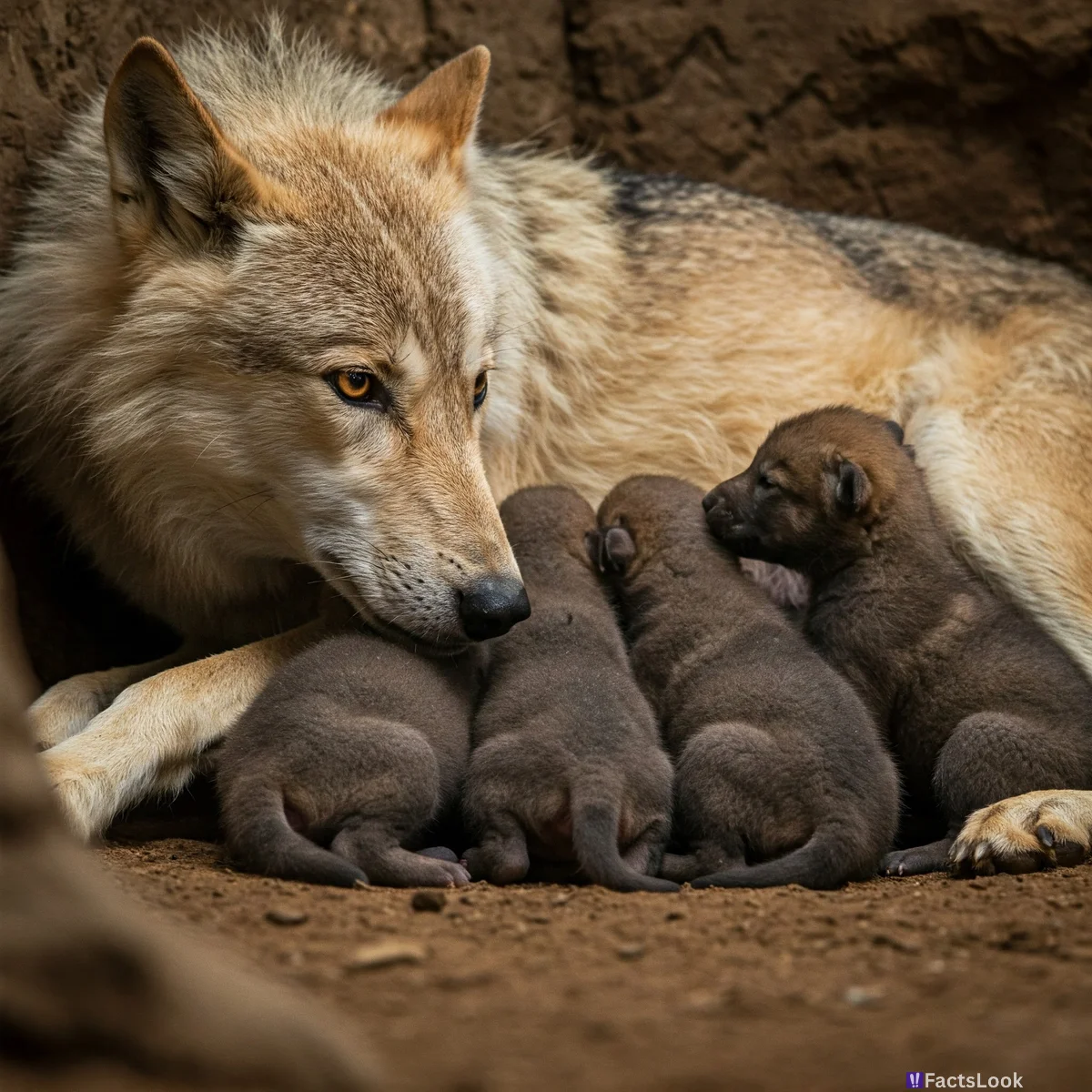
Wolf pups are born with their eyes and ears closed. They rely entirely on their mother’s warmth and scent for survival during their first few weeks of life. Their eyes begin to open around 10-14 days old, and their hearing develops shortly after.
Wolves Practice Alloparenting
Alloparenting is where individuals other than the biological parents help raise young. Wolf packs exhibit this behavior, with older siblings and even unrelated pack members assisting in caring for pups, protecting them, and providing them with food.
They are Skilled Hunters with Specialized Roles
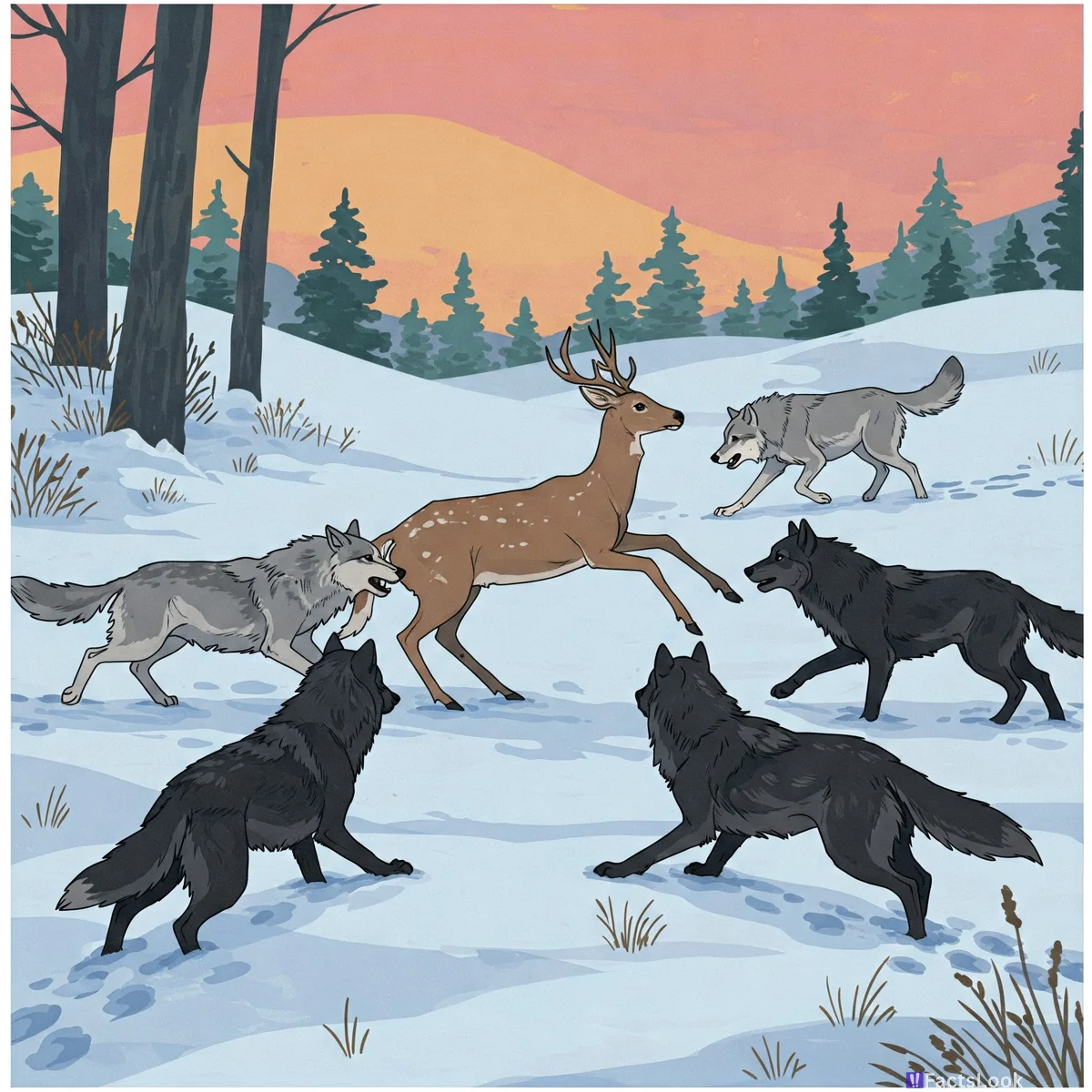
Wolves hunt cooperatively, utilizing specialized roles within the pack. Some wolves act as 'chasers,' driving prey towards ambush points, while others serve as 'cutters,' isolating weaker animals from the herd. This coordinated effort maximizes their hunting success.
Wolves Can Travel Incredible Distances
Wolves are known to travel long distances in search of food and mates. Some individuals have been recorded traveling over 300 miles during dispersal events, seeking to establish their own territories and create new packs. This impressive endurance highlights their adaptability.
Their Diet is Surprisingly Varied
While often associated with large ungulates, wolves are opportunistic omnivores. Their diet can include everything from deer and elk to small mammals, birds, fish, and even berries and fruits. This dietary flexibility allows them to survive in diverse environments.
A Wolf's Bite Force is Immense

Wolves possess an incredibly powerful bite force, estimated to be around 1,500 PSI (pounds per square inch). This allows them to crush bones and efficiently consume their prey, maximizing nutrient intake. It's one of the strongest bites among terrestrial mammals.
They Display Complex Emotional Intelligence
Studies suggest wolves exhibit sophisticated emotional intelligence. They demonstrate empathy, grief, playfulness, and the ability to form strong social bonds. These complex emotions contribute to their intricate social structure and cooperative behaviors.
Wolves Have a Significant Impact on Ecosystems
As apex predators, wolves play a crucial role in maintaining ecosystem health. By controlling ungulate populations, they prevent overgrazing and allow vegetation to thrive, benefiting other species. This positive impact illustrates their importance in trophic cascades. [Source: https://www.defenders.org/wildlife/gray-wolf]
They Have a Seasonal Coat Change
Wolves undergo a seasonal coat change, shedding their thick winter fur in the spring to prepare for warmer weather. This process ensures they remain comfortable throughout the year, adapting to fluctuating temperatures and environmental conditions.
Wolves Can Hybridize with Domestic Dogs
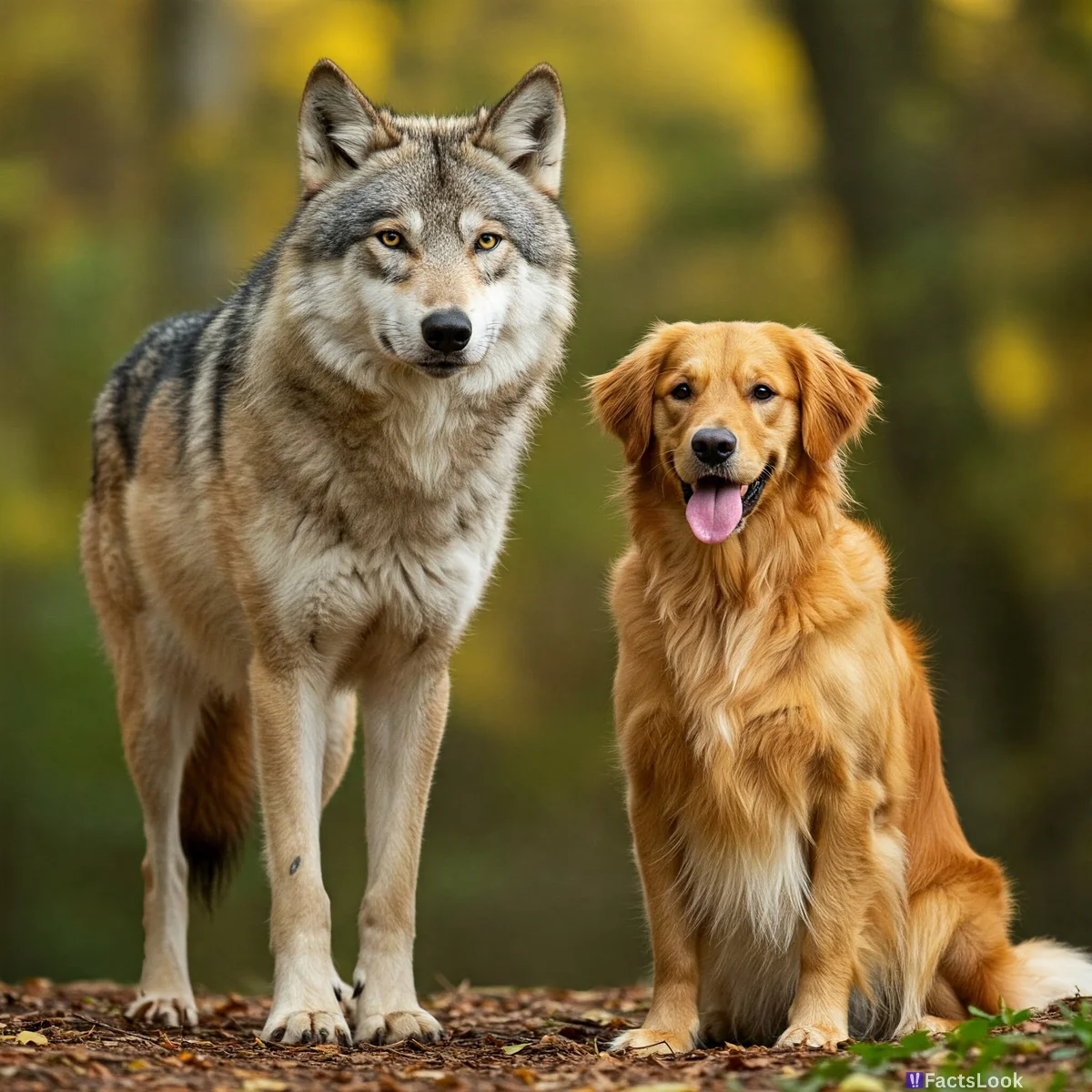
Wolves and domestic dogs share a common ancestry, which allows them to interbreed and produce fertile hybrids. However, these hybrids often exhibit unpredictable behavior and can pose genetic challenges to wild wolf populations.
Their Eyes Reflect Light – Tapetum Lucidum
Wolves’ eyes possess a reflective layer called the tapetum lucidum, which enhances their vision in low-light conditions. This is what causes their eyes to glow when illuminated by a light source at night, aiding in nocturnal hunting.
Wolves Can Adjust Their Hunting Strategy
Wolves are flexible hunters, adapting their strategies based on prey availability and environmental conditions. They may hunt individually, in small groups, or as a large pack, demonstrating their ability to problem-solve and maximize their success rate.
Wolves Demonstrate Play Behavior Throughout Life
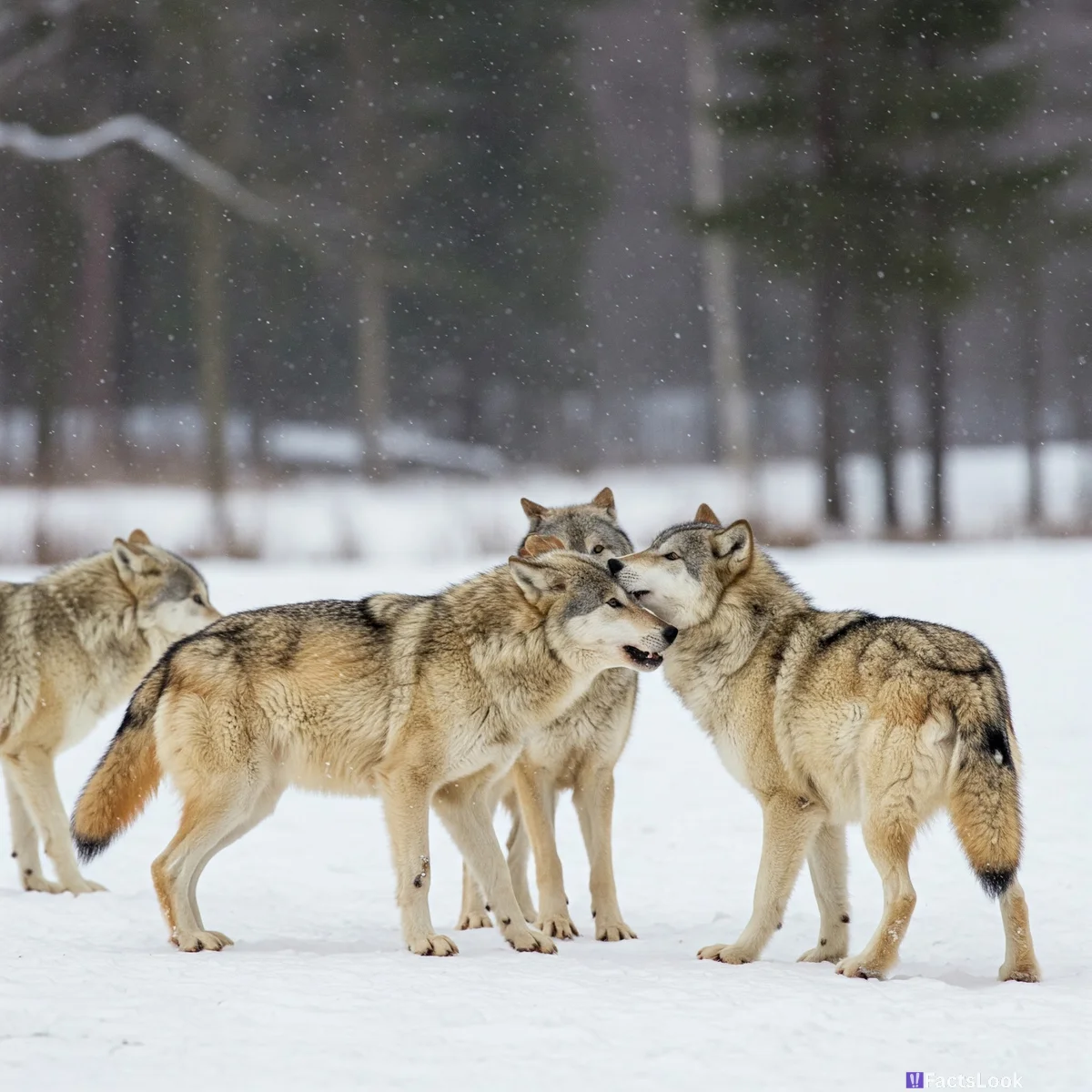
Play isn’t just for pups! Wolves of all ages engage in playful behaviors, such as chasing, wrestling, and mock fighting. Play strengthens social bonds, reinforces dominance hierarchies, and helps them practice essential skills.
They Have a Highly Developed Sense of Smell
A wolf's sense of smell is estimated to be 100 times stronger than a human’s. This allows them to detect prey from miles away, identify potential mates, and navigate their territory with incredible accuracy.
Wolf Pups Go Through a 'Fear Period'
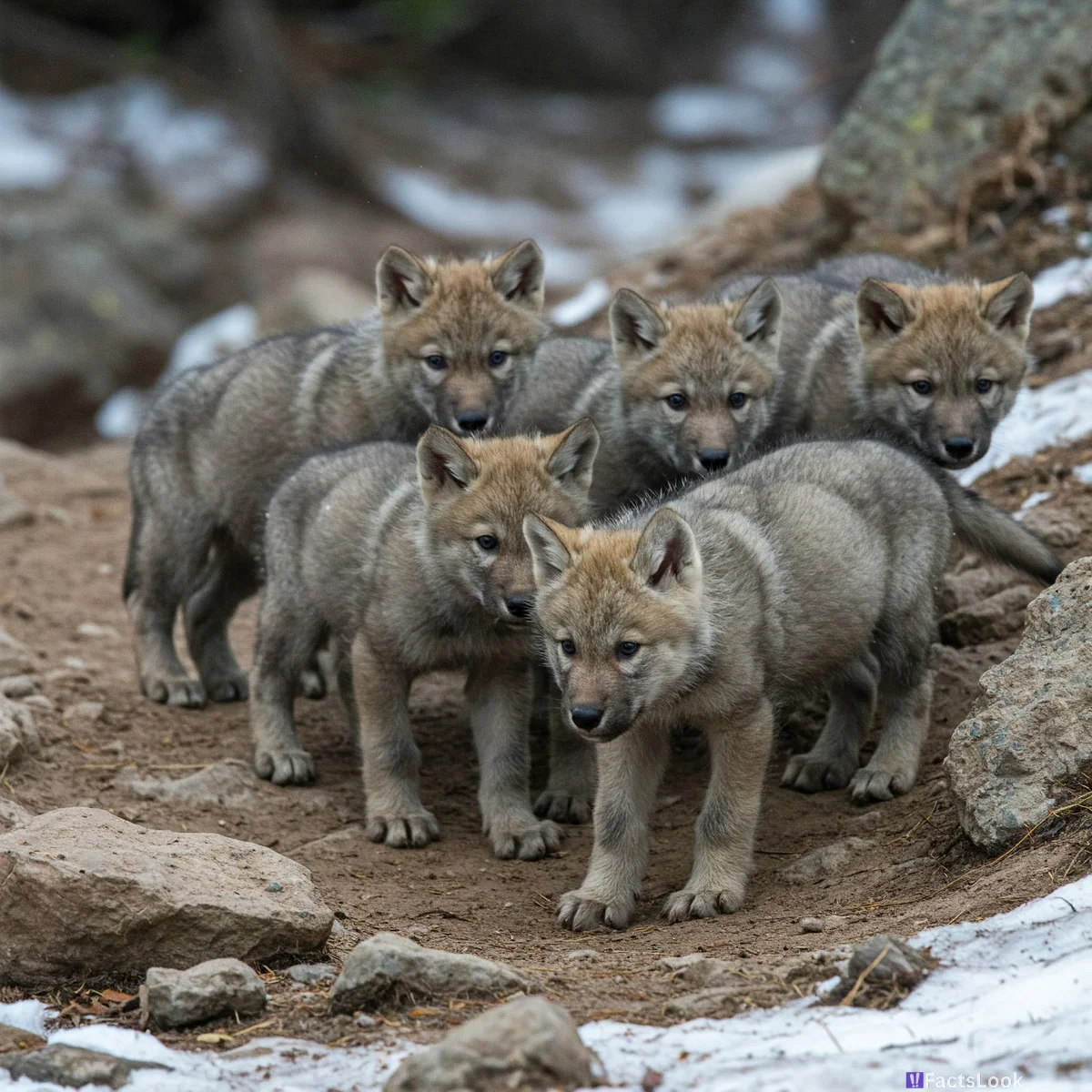
Between 8 and 16 weeks of age, wolf pups experience a 'fear period,' where they are particularly sensitive to new stimuli. This is a crucial time for socialization, as negative experiences can have lasting effects on their behavior.
Gray Wolves Are the Most Widespread Subspecies
The gray wolf (Canis lupus) is the most common and widespread subspecies of wolf. They can be found across North America, Europe, and Asia, adapting to a diverse range of habitats.
Wolves Use Body Language to Convey Intent
Subtle cues in body language contribute heavily to wolf communication. Ear position, tail carriage, and facial expressions all communicate mood and intent which can prevent confrontations. A lowered head and tucked tail signal submission, while erect ears and a raised hackle show alertness.
Wolves Mourn Their Dead
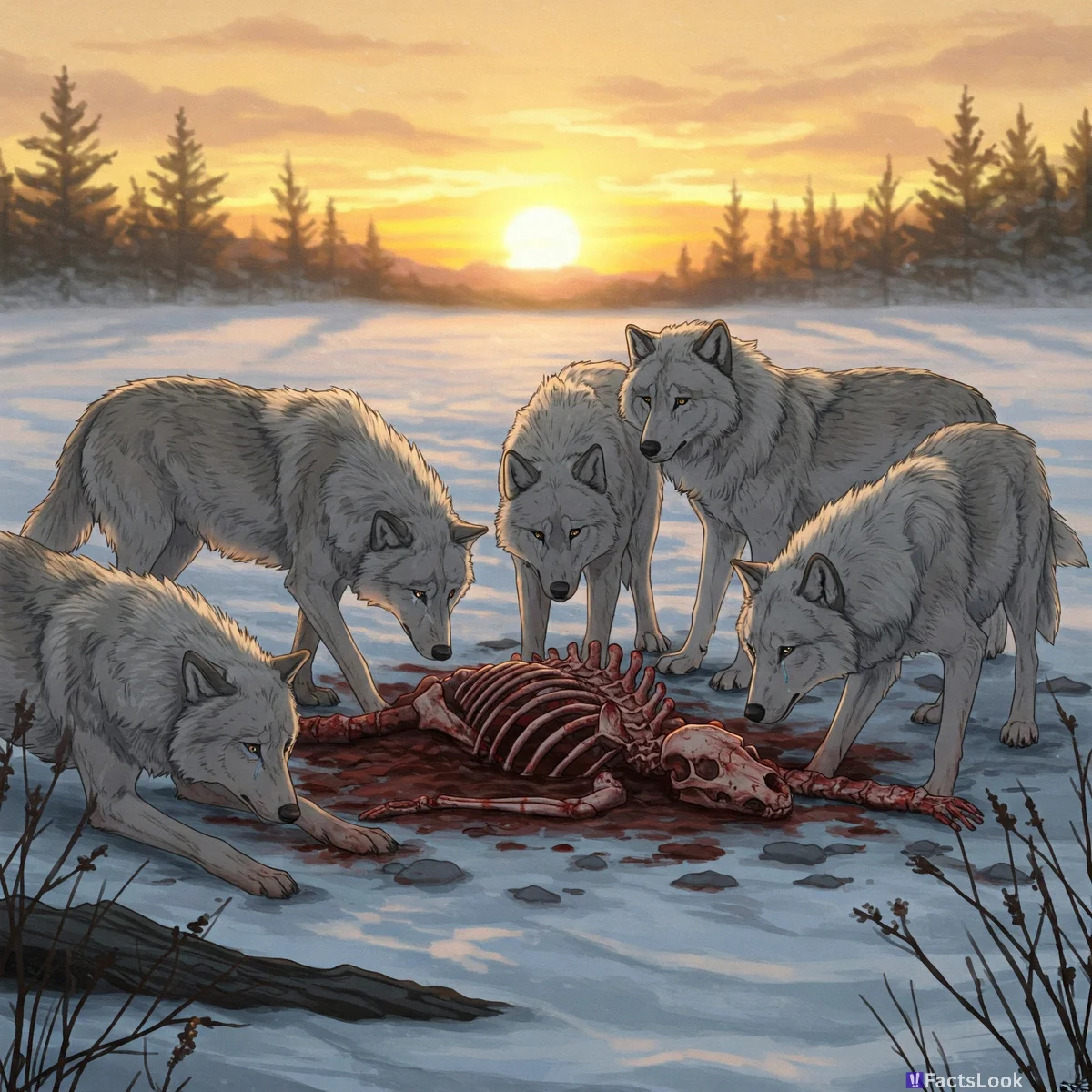
There’s increasing evidence indicating wolves display grief-like behavior when a pack member dies. They may circle the body, howl excessively, and even refuse to leave the area for a period, suggesting a deep emotional connection.
Wolves Can Learn From Each Other
Wolves exhibit a remarkable capacity for social learning. Younger wolves learn hunting techniques, prey identification, and other essential skills by observing and imitating older, more experienced pack members.
Their Conservation Status is Complex
While some wolf populations have recovered in recent years, their conservation remains challenging. They face threats from habitat loss, human-wildlife conflict, and illegal hunting. Ongoing conservation efforts are crucial for their long-term survival. [Source: https://www.worldwildlife.org/species/gray-wolf]
Wolves have exceptionally strong family bonds
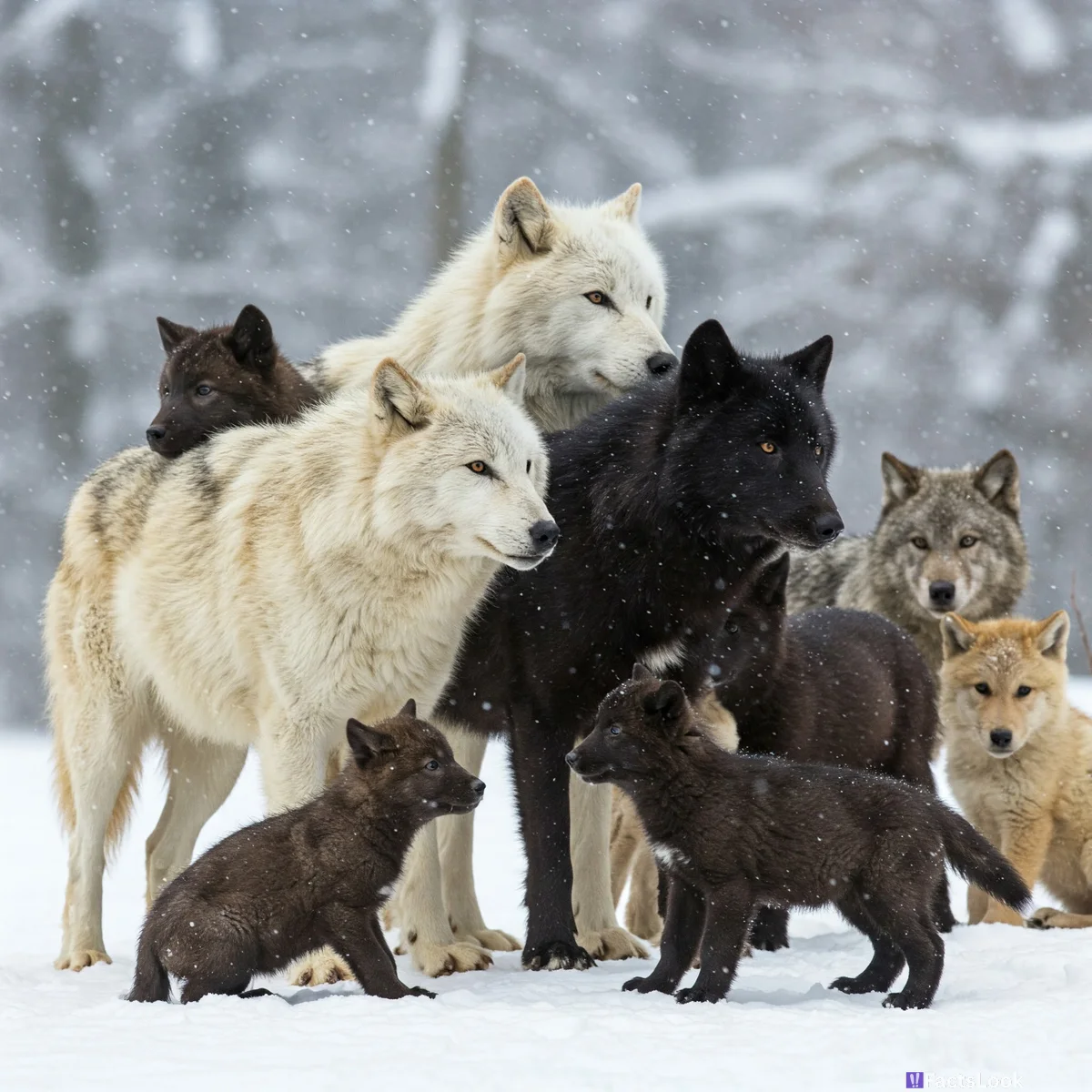
Wolves are devoted parents and maintain close relationships within their families for years. Offspring often remain with their parents, helping to raise subsequent litters and contributing to the pack's success. This multigenerational family structure ensures the transfer of knowledge and skills.
Wolves can recognize individual humans
Studies suggest that wolves are capable of recognizing and differentiating between individual humans, particularly those who frequently interact with them. They can base this recognition on factors like scent, appearance, and behavior. This shows how intelligent they are.
Comments
Loading comments...